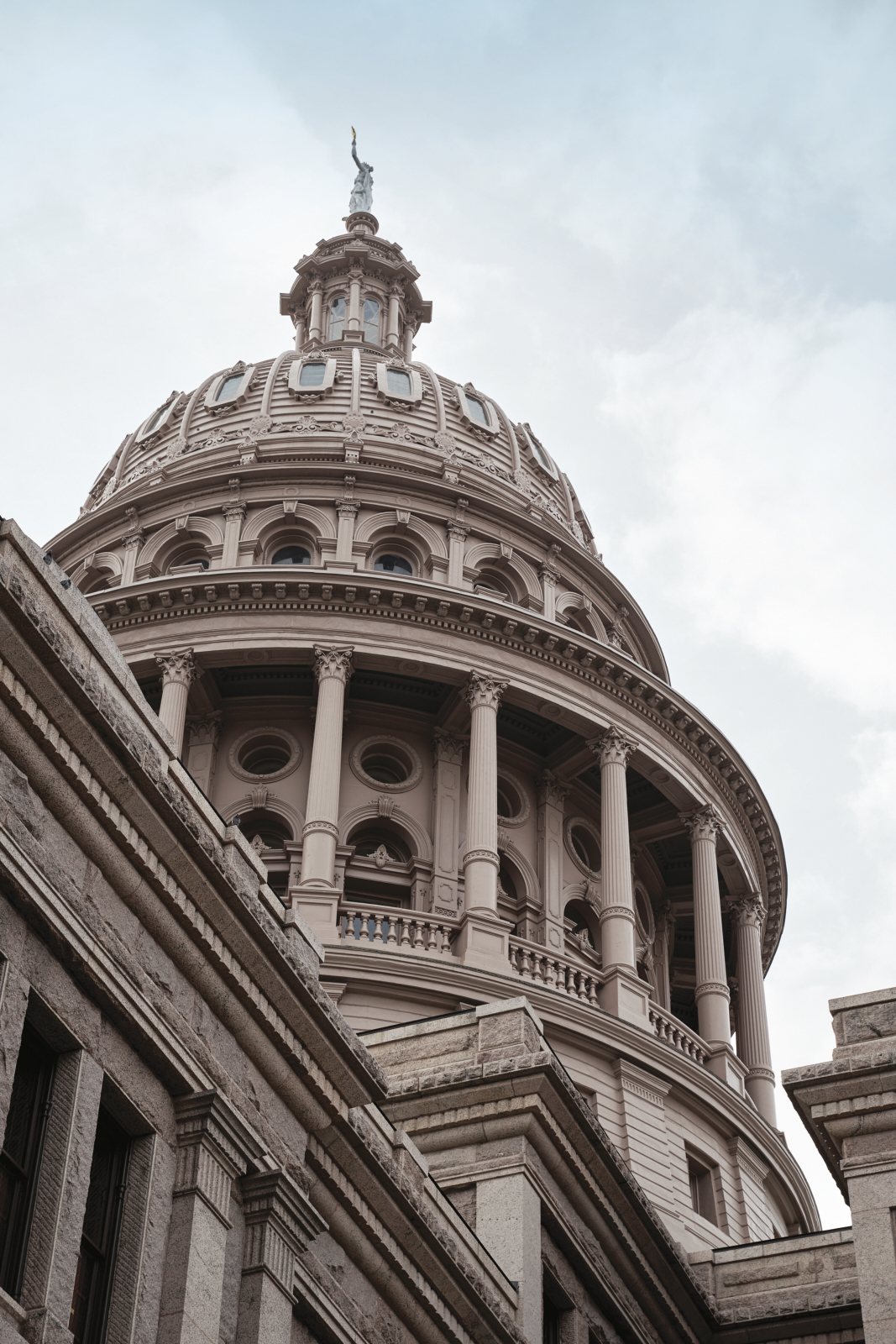TxExplainer: What the 2021 Texas Legislative Session Has in Store for UT Austin

AS the U.S.—and the world—continues to adapt to unprecedented times, so must the Texas Legislature. From the upcoming topics of discussion to how lawmakers physically intend to govern, the 87th Texas Legislative Session will be like none other before it.
Kicking off in January, the 140-day session is set to be a crucial one for the state of Texas. As the state continues to be one of the hardest hit by the coronavirus, and following a tumultuous political year, lawmakers have a lot to get to. On the first day of pre-file legislation in November, more than 530 bills had already been filed in the House and Senate. Thousands more are expected as the state forecasts billions of dollars in shortfalls to the state budget.
The session has the potential to be an eventful one for UT Austin. The university has played a key role in developing a potential vaccine for COVID-19, a noteworthy accomplishment that could lend a favorable hand during session. At press time, it looks like the next speaker of the house will be State Rep. Dade Phelan, BA ’98, who is vice chair of the Longhorn Caucus. And Texas Exes and The Association of Former Students of Texas A&M’s biannual Orange & Maroon Legislative Day—when Longhorns and Aggies come together to advocate for their universities—will happen virtually on Feb. 17. So, what’s on the docket for UT Austin?
Here’s what you need to know.
Picking Up Where We Left Off
The 2019 legislative session was a positive one for higher education. Total formula funding for UT Austin went up 1.5 percent, though this didn’t put formula funding back to 2009 levels. The legislature strengthened the TEXAS Grant Program by $40 million annually, which funded 70 percent of eligible students at $5,000. The Texas Research University Fund was appropriated $147.07 million, which represents a 17.5 percent increase over the previous biennium. The Texas Legislature also passed legislation that requires college campuses to create more uniform free speech policies, improve reporting and policies regarding sexual assault on campus, and implement a more efficient transfer credit system.
Priorities for the 87th Session
Lawmakers are expected to focus on the budget shortfall, remapping districts, and managing health care and public education crises brought on by the pandemic. UT Austin’s priorities will be maintaining its core academic funding and ensuring lawmakers’ continued support of the university’s non-formula special items.
Battle of the Budget
How Texas decides to fund its state universities is up for discussion nearly every session. But since 1984, when adjusted for inflation, UT Austin has seen a more than 40 percent decrease in state funding. You might be thinking, but doesn’t UT have a $25 billion dollar endowment? It’s not that simple. The UT System receives funding from the Permanent University Fund, whose value comes from land leases on 2.1 million acres in West Texas. From the $21.8 billion PUF, a payout called the Available University Fund is taken. Two-thirds of the AUF goes to the UT System, while one-third goes to the Texas A&M System. Nine percent of UT Austin’s $3 billion budget is made up of funds received from the AUF—about $250 million. Those funds are largely restricted to specific uses, such as capital improvements, not general academic support. The PUF comprises most of the UT System’s $26 billion endowment fund.
Lawmakers could still decide that cutting funding for the university is a solution to the budget shortfalls across the state. However, the pandemic has already resulted in UT Austin’s actual revenue losses by the end of the year 2020 to be approximately $162 million.
Slicing the Pie
In a nutshell, formula funding is how state higher-education institutions equitably distribute available state funds. The formula is calculated by the Higher Education Coordinating Board and its recommendations are presented to the Legislative Budget Board on June 1 of even years. There are two major components: instruction and operations, and infrastructure support.
Special Items Will Be Extra Special
“Non-formula special items” are specific university projects, institutions, or programs that have traditionally been appropriated funds outside of the base formulas. In the past, Texas has considered removing funding for special items—like the McDonald Observatory, the Marine Science Institute in Port Aransas, and the Bureau of Economic Geology—entirely and moving it to be a part of the higher education formulas. UT Austin pushes back against this move because the current higher education funding formulas do not consider special research programs and projects. The current formulas are critical of universities that are not growing enrollment, which UT cannot do based on capacity limitations.
In 2017, funding for special items was reduced by an average of 30 percent, but not stricken from state appropriations completely. The legislature appointed an interim committee to review the future needs for these institutions. In 2019, special item funding was maintained. Fast forward to 2021, and funding for special items could be back up for consideration.






